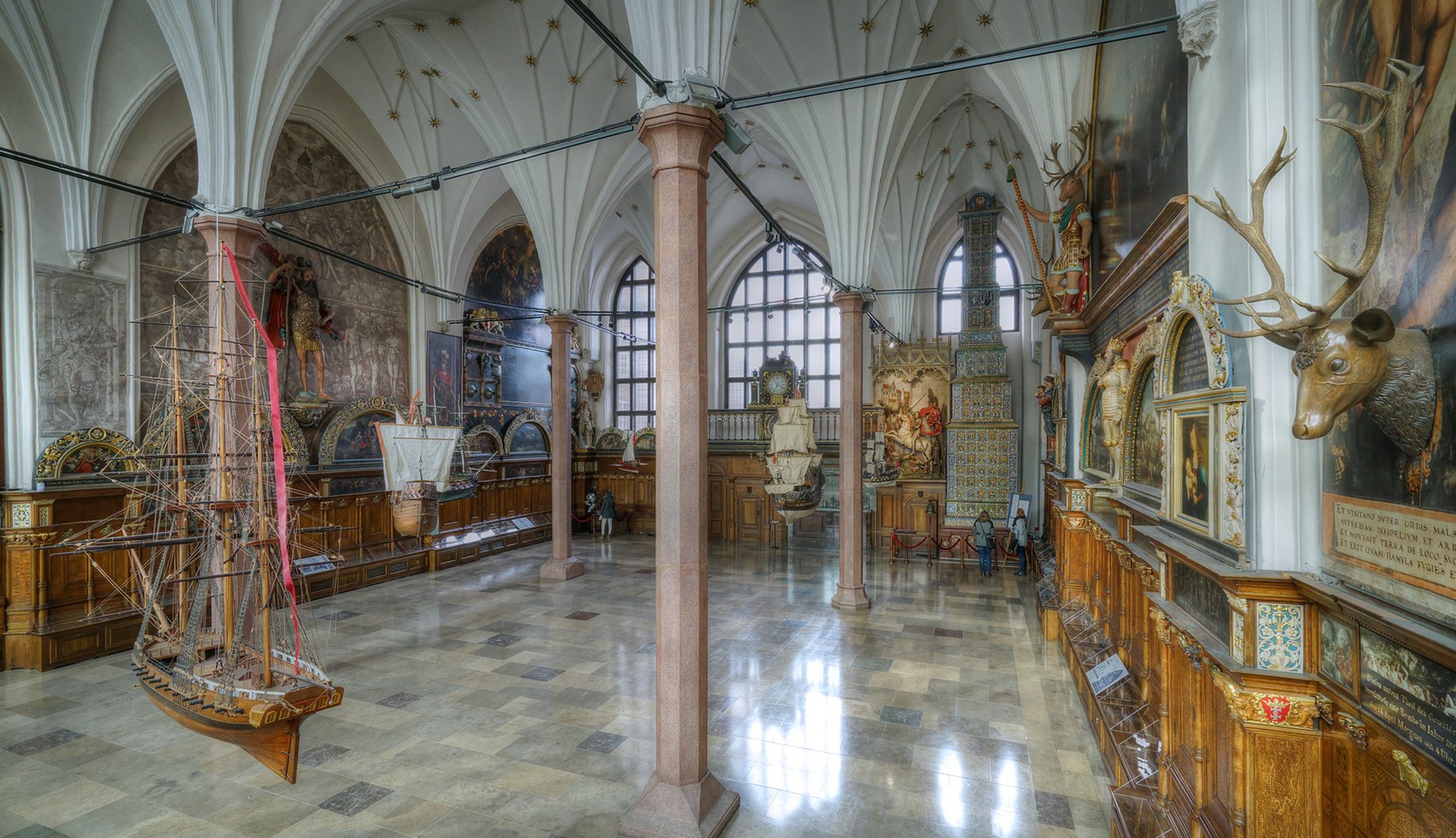
WWII Museum
When we talk about the must-visits in Europe, in terms of war museums, this one is easily in the top 5. It's generally agreed that WWII began with the Nazi invasion of Poland, that is more-or-less common knowledge nowadays. However, many do not know that the opening shots were actually fired in Gdańsk, which is why the WWII Museum lives here and not in the capital Warsaw. Opened in 2017, this imposing piece of architecture can be seen from the historic centre (specifically the Green Bridge and from St. Mary's Basilica), and yet what you see is a mere half of what the building has to offer. Two floors below the surface is the permanent exhibition - more than 2,000 exhibits spread over three narrative blocks: ‘The Road to War’, ‘The Horrors of War,’ and ‘The War’s Long Shadow’. This is divided into 18 thematic sections, which is reflected in the layout of the exhibition rooms. The thoroughness of this museum is both a blessing and a curse. On the latter point, you need at least 3 hours to see everything properly. For more advice on visiting, read our article on Visiting the World War II Museum in Gdańsk.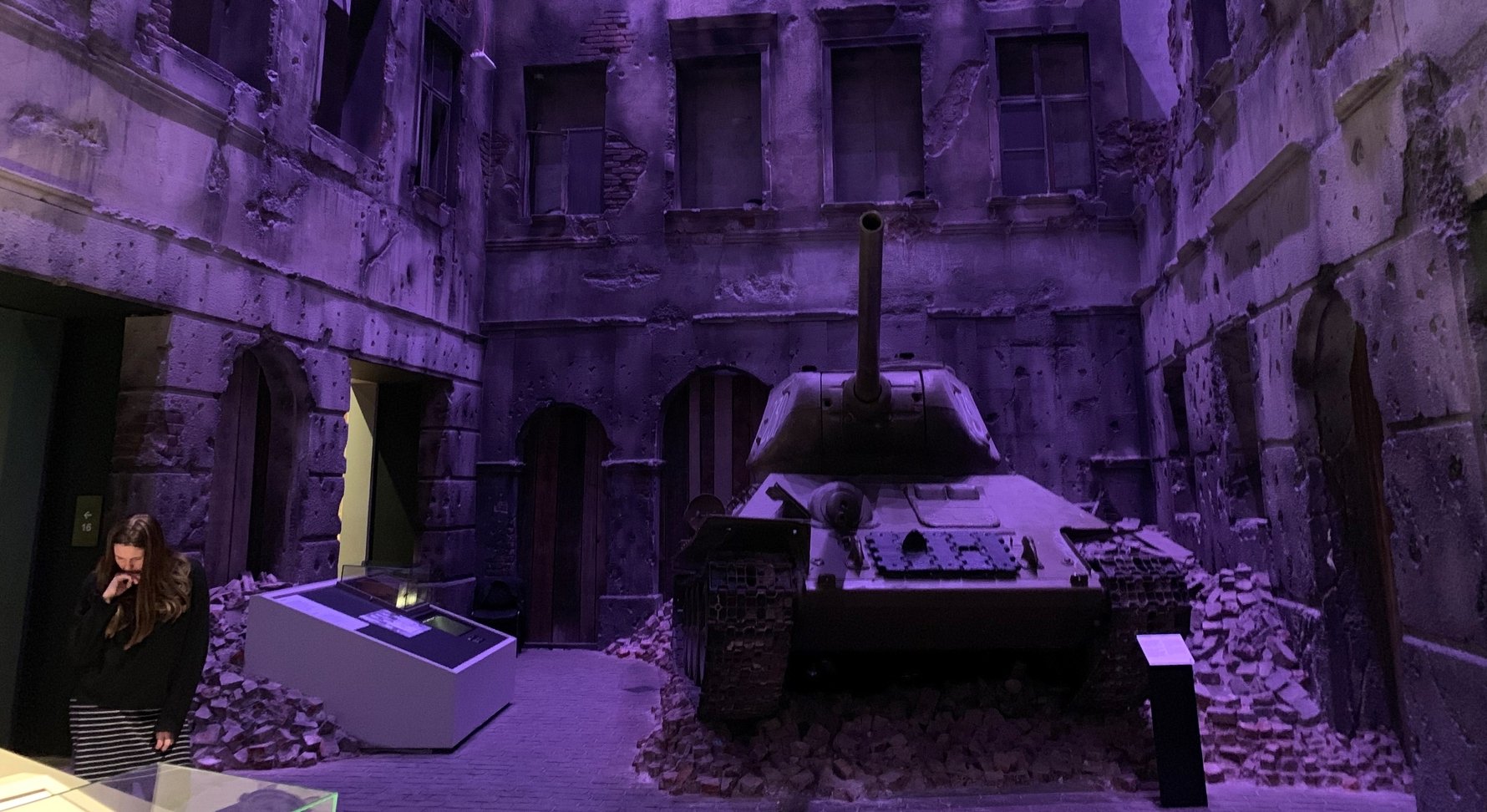
European Solidarity Centre
The Soviet Union and the surrounding Communist Bloc emerged as a new superpower at the close of World War Two, holding a tight grip on Eastern Europe for 45 years, until a trade union movement in Poland finally stood up and demanded change. The inspiring story of Solidarity is a landmark in world history when the impossible was achieved and without the bloodshed that had proceeded Polish independence movements in the past. Opened in 2014 on the edge of the city's shipyards, the European Solidarity Centre is another recent addition to the Tri-city's repertoire of cultural institutions. It functions as a conference centre and library as well, however, the permanent exhibition, spread over three floors, is what draws people from all over the world. It covers the Solidarity story in great detail, including the psychological earthquake that occurred during Pope John Paul II's visit to the homeland in 1979. However, it also covers the domino effect that was set off in surrounding countries under Communist rule and how independence was achieved through similar means (with the exception of Romania). The ground floor usually has a temporary exhibition on, which typically relate to the theme of the pursuit of democracy. However, like the WWII Museum, this one also needs at least 2-3 hours to see everything. We also also highly recommend the audio guide! Read our article on Visiting the European Solidarity Centre (ECS).Average visiting time: 2-3 hours
Main Town Hall (Museum of Gdańsk)
The main branch of the Museum of Gdańsk (which also takes care of the Amber Museum, Artus Court, The Polish Post Office Museum and many more) calls the impressive Main Town Hall (PL: Ratusz Głównego Miasta) home. This Gothic-Renaissance structure, originally built in the 14th century and hosted many visiting Polish kings, and was nearly wiped off the map in the destruction of 1945. Upon entering, the first set of rooms you come across are a lavish display of ceilings paintings, 17th-century furnishings and a ridiculous amount of silverware. However, it's on the top floor where you can really enrich your understanding of how life was like in everyday Gdańsk prior to WWII. During the summer months, you can pay a little extra and can climb up the tower and enjoy fantastic city views. While you're up there, check out the Carillon (bell instrument) set-up, which was inaugurated on New Year's Eve 2000 and one of only three that can be found in Poland (the other two are also in Gdańsk!). You can also find more temporary exhibitions in the Pile Gallery.Average visiting time: 75mins.
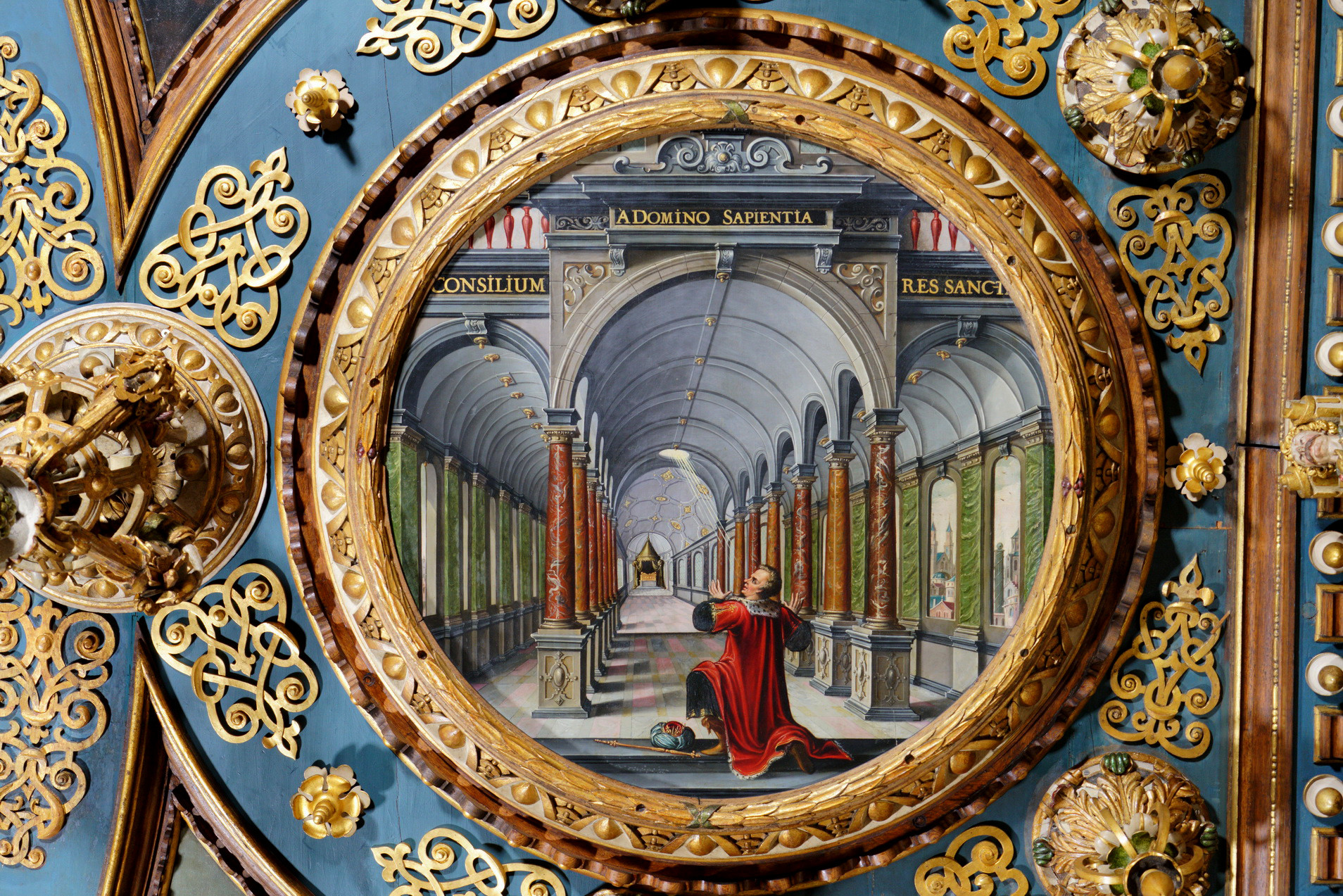
Free City of Danzig Historical Zone
Gdańsk may be Polish now, but it has changed hands many times throughout the centuries and, between the world wars, it was, in fact, an independent city-state called by its German name: Danzig. Although the city was a majority German population with a large Polish and Kashubian minority, the population generally saw themselves by their own demonym: Danziger. They had their own passport, own currency, own stamps, own brands of liqueur and own sense of importance, all somehow important in realising one's own sovereignty! However, they had to deal with all the political fuss around them and this is where history gets a little complicated. To understand this period better than simply just reading a Wikipedia article, there is no better place to visit than Free City of Danzig Historical Zone on ul. Długi Targ. While the displays are simple and there are no fancy lights and installations, the exhibition is very informative and the memorabilia on display gives you the impression that you're visiting an interwar home of an eccentric Danziger!Average visiting time: 30 mins
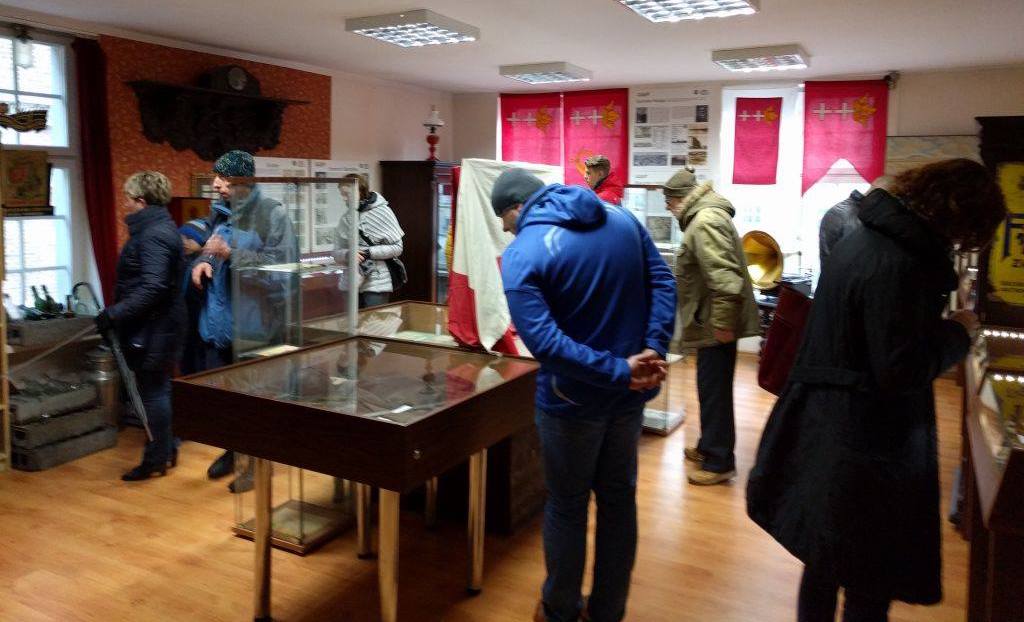
Maritime Culture Centre
Gdańsk has been a port for as long as the records have shown, so Maritime history continues to be an influence on the whole of the Tri-city. A modern building on the waterfront in the shadow of the city's iconic Crane, the Maritime Culture Centre is spread over 4 floors, and is very much appropriate for all ages. Kids will find the interactive displays of interest as they learn about the sea, marine technology and how the two work together. The permanent exhibition, Boats of the Peoples of the World, takes a look at ships built in Gdańsk over the centuries but also presents scores of small craft from all over the world, including Native American dugout canoes, a fabulous little English coracle and numerous small fishing and trade vessels from the Far East. The third floor currently houses an interesting temporary exhibition telling the stories and displaying the treasures recovered from local shipwrecks and a second call Statki Nasza Pasja (ENG: Ships. Our Passion). There are plenty of good English descriptions plus the Cała Naprzód (Polish: Full Steam Ahead) on the fourth floor, which offers great photo opportunities of the river from its terrace. Keep in mind, the city's Maritime Museum owns this venue and a number of others, including the Crane museum and several ship museums in Gdynia, and ticket packages that cover entry to all of these are available!Average visiting time: 1 hour
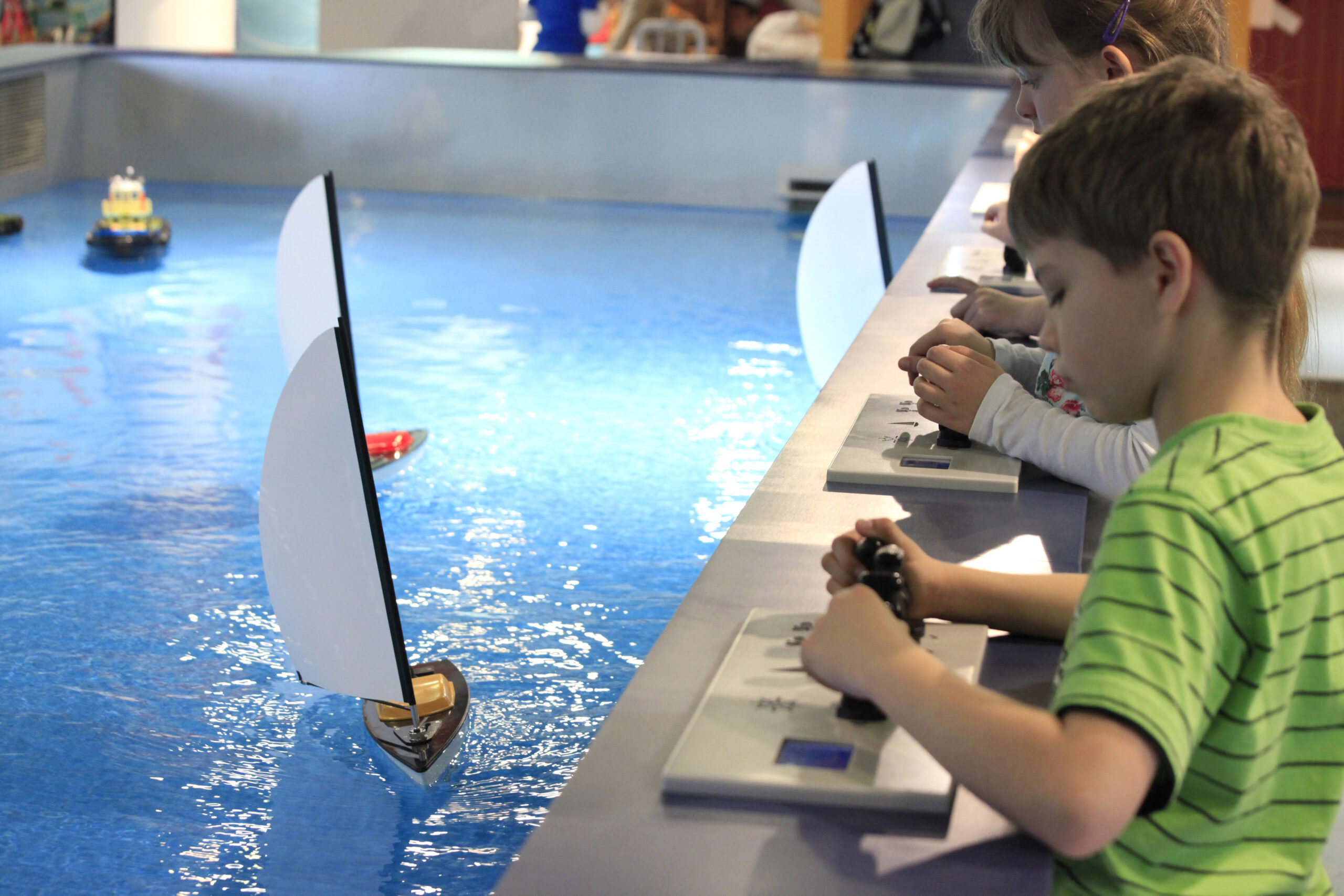
Emigration Museum
Two cities up the coast from Gdańsk, Gdynia is another port city that was developed in the early 20th-century and is generally-regarded as Poland's Gateway to the World. In the old passenger terminal building, which has seen millions of Poles board ships to seek life in other places, the story told in the Emigration Museum begins many centuries before Gdynia's founding and draws a parallel with the nation's turbulent history and the constant movement of its people.Average visiting time: 2-3 hours
Amber Museum
Amber has been gleaned and worshipped around the baltic for many millennia, and Gdańsk is the industry's international centre. It should be of no surprise then that such a museum exists in the city. Formerly in the Foregate building near Złota Brama, the Amber Museum in Gdańsk now lives in ambiently-lit Great Mill and uses immersive multimedia presentations and interactive displays to delve deep into the extensive history of Baltic amber. The impressive collection of “inclusions” (when bugs or plants are caught inside the amber) is intriguing to look at, and the many amber creations, from inkwells to spoons to a stunning Fender Stratocaster guitar, shows the material’s diversity. There's also a chess set, produced in Gdańsk in the late 17th-century, that had changed many hands internationally before returning home for the museum's grand opening! Amber enthusiasts should also take note of ul. Mariacka, the amber district in Gdańsk Old Town.Average visiting time: 2 hours

These are some of the many artistic displays that can be seen at the Amber Museum in Gdańsk.
Gdynia Naval Museum
If you're heading to the beach in Tri-city, and one of the best is Gdynia's main beach, you may as well pay a visit to this fine establishment. Furthermore, if your children have a concerning obsession with military history, much like I was as a kid, then this will definitely stimulate the imagination! Like toys on a messy bedroom floor, the grounds of this open-air museum boasts a gigantic collection of guns, cannons, fighter planes and other paraphernalia that is sure to turn your child into an eccentric military buff before the end of your holiday. Elsewhere, however, you’ll find a display of various bombs, torpedoes and artillery, whilst the upper floor holds a very impressive collection wooden model ships! Parents can, of course, divide their responsibilities and take Less-enthusiastic siblings can enjoy the playground just across the road as well as the city's ample beachfront!Average visiting time: 2 hours
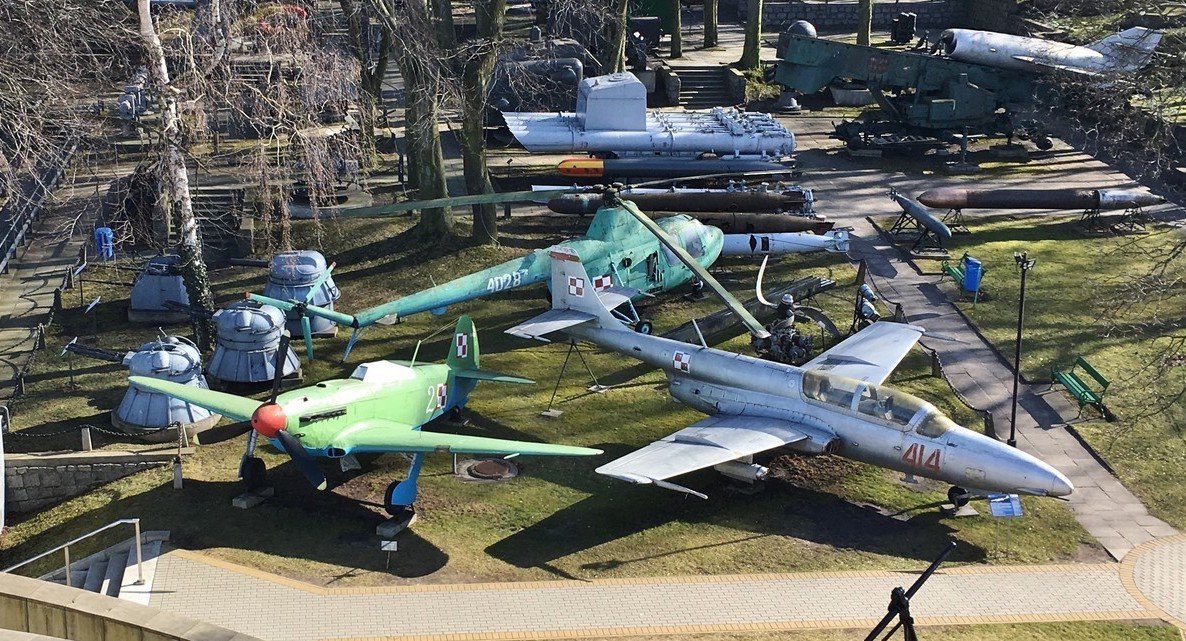
Artus Court
This impressive mansion, a symbol of the city's power in the 16th and 17th centuries, served as an exchange and as the seat of St. George and the brotherhoods of rich patricians. Founded as a meeting place for merchants and dignitaries, it was named after King Arthur, of round table fame, and hosted many a noble guest. Following a fire in 1841, it was given a more Gothic form, complete with ostentatious sculptures and paintings illustrating man's merits and vices. Inside, the centrepiece of the main hall is a 10.64-metre renaissance tiled stove dating to 1546, made of more than 500 individual tiles and the tallest of its kind in Europe. Its adornments portray leaders, coats of arms and allegorical figures. Just to the left is a small pewter surface that claims to be the oldest table in Poland while two stone lions protect the entrance to the cellars of the court. The court still plays an important part in public life today and is the scene of important receptions and meetings.Average visiting time: 1 hour

Sopot Museum
While it's certainly older than its northern neighbour, Gdynia, the party town of Sopot is seriously-lacking in cultural institutions that take a proper look at its own history. Fortunately, there is a 'Museum of Sopot' that can be found in a beachside villa dating from 1903 which was originally built for the prosperous Gdańsk-Dutch merchant Ernst Claaszen as a family home. The building itself is an interesting look at the architecture of the city at the turn of the 20th century, a time when it was granted full civic rights. The lower floor shows how the house would have looked when the Claaszen family lived there and includes a number of family possessions including furniture, paintings and even children’s toys. The upper floor plays host to temporary exhibitions which are generally connected to one part or other of the city’s history. The villa is set in a leafy garden, a stonethrow from the beach and is a perfect place to relax on a sunny day.Average visiting time: 30 mins
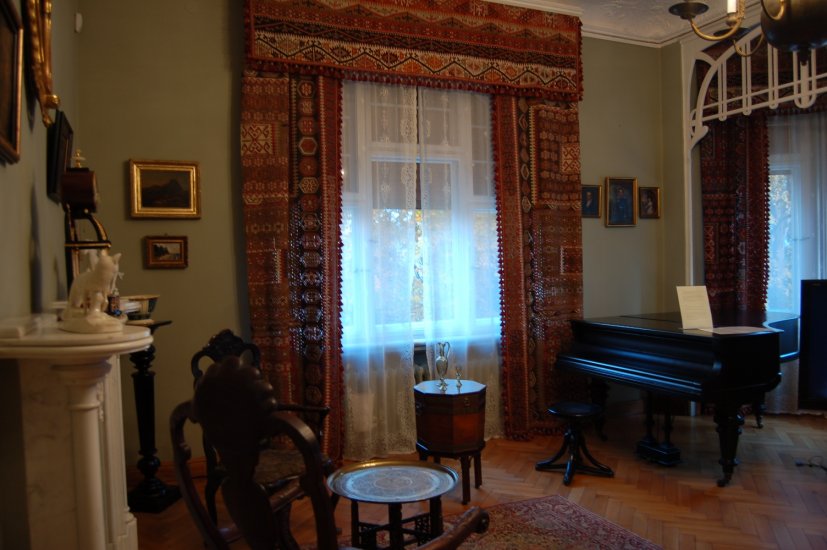
Malbork Castle
While this site is not located within the Tri-city limits, it's a regional attraction that must be seen. Malbork Castle is one of the country’s most impressive historical sites and attracts hundreds of thousands of visitors every year. Built by the Order of Teutonic Knights, who occupied the area in the 14th-century, the site is made up of three distinctly different ensembles known as the High Castle, Middle Castle and Outer Bailey, each with various subdivisions of living quarters, armouries, monastaries and palaces, and all surrounded by a vast dry moat. With multiple collections of arms, heraldry and accumulated treasure, the castle can be extremely rewarding but note that it involves a lot of walking and there are a number of narrow staircases which need to be negotiated. In addition to a surplus of energy, remember to bring a comfortable pair of walking shoes and a bottle of water, particularly on hot summer days! You can get a train to Malbork from each of the Tri-city's main stations.Average visiting time: 4 hours
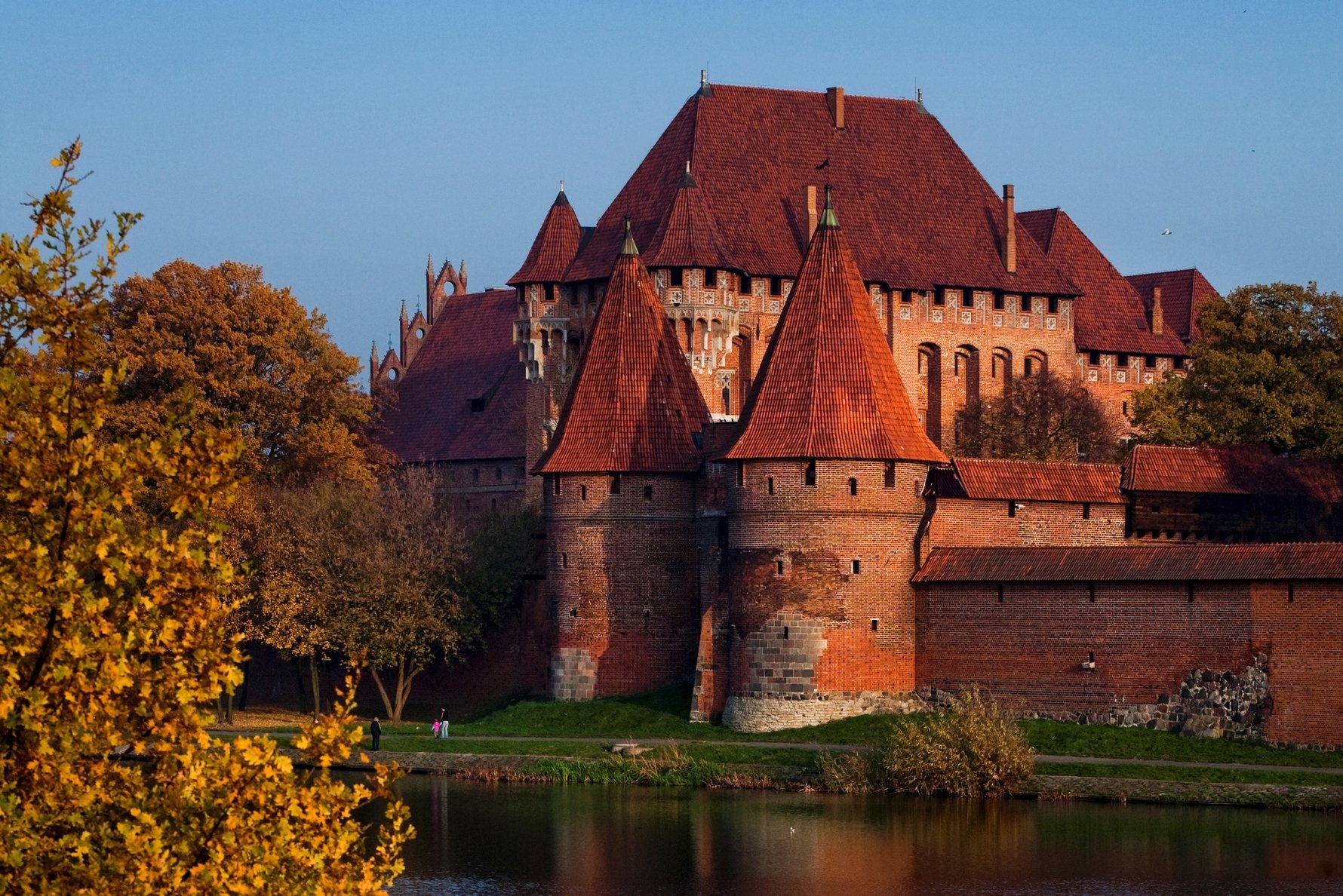


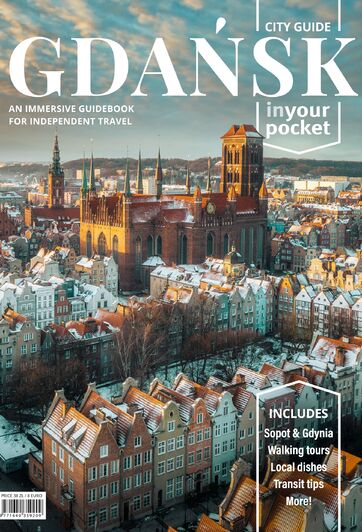
Comments